The number combination 23/16 is a numeric symbol used by white supremacists, particularly common on the West Coast Substituting letters for numbers, the 23/16 equates to W/P or "White Power" Sometimes the combination is rendered as 16/23, in which case it is often intended to mean P/W for "peckerwood" 14 Musical Works In The Most Unusual Time Signatures The use of oddtime signatures, and frequently changing time signatures from measure to measure, came into popular Western music in the late 1800s and early 1900s through classical music pieces written by composers including Bela Bartok, Igor Stravinsky, and othersHealthy Climate ® Solutions Innovative Options for Improving Your Home's Air The Healthy Climate ®;

Part 3 Time Signatures Explained Writing Songs In 12 8
What is 6/16 time signature
What is 6/16 time signature- To calculate a time signature, count the beats in 1 measure using a quarter note as the basic beat If you come out with a whole number, put that on top of 4 for your signature However, if you get a decimal, like 25, simply multiply both the top and bottom numbers by 2 to get your signature PS Two examples of 16/8 / 8/4 the opening riff to "Summer of 69" by Bryan Adams and the "I ain't afraid of no ghost" bridge from the theme to Ghostbusters Also, "Pyramid Song" by Radiohead supposedly has this time signature, but I'm not sure if that's accurate (its meter has befuddled many) Hope I could help, even if late to arrive



Stream 23 16 Time Signature By On Sails Sound Studio Listen Online For Free On Soundcloud
In the time signature 4/16 you will have four sixteenth notes in a measure Changing the numerator will change the number of whole, half, quarter, eighth, orReading the Time Signatures The number of notes allowed in each measure is determined by the time signatureAs you saw in the time signature examples above, each time signature has two numbers a top number and a bottom number 2/4 time, 3/4 time, 4/4 time, 3/8 time, 9/8 time, 4/2 time, 3/1 time, and so on The bottom number of the time signature indicates a certain kind ofEveryone loves odd meters, right?
Phil Miller (Guitar) Neil Murray (Bass) Pip Pyle (Drums, Cowbell, Tambourine) with John Mitchell (Percussion) Alan Gowen (Moog, Electric Piano) Amanda Parsons (Vocals) Jimmy Hastings (Flute, Bass Clarinet) elp yes and zappa must have played around inA film for http//wwwmusiceducationwhizcom/TimeSignatureshtml to teach people about time signatures Go to website for more information, teaching resourTime Signatures – The Symbols – Part 22c Welcome to Time Signatures – The Symbols – Part 22c This is the third part of our miniseries on the subject of time signatures There are many symbols used in music composition and notation which instruct performers on
Time signature is valid for all measures of a song However, it is possible to make a change of metric by indicating a new time signature at the beginning of the measure where the change must take place In this case, the new time signature will be valid until the end of the song, unless new signature appears B) Time Signature Game (30 minutes) After students have a solid foundation of time signatures and how to correctly interpret their meanings, the students will participate in a flash card game They will be split into two teams, who will race to answer a Common examples of simple time signatures are 4/4, 3/4, 2/4 3/8, and 2/2 The term compound means that the beat can be broken down into 3 notes The top number is divisible by 3 with the exception of a time signature with 3 as its top number Common examples of compound time signatures are 6/8, 9/8, 12/8, and 9/4 Show less




Incremental Prognostic Value And Underlying Biological Pathways Of Radiomics Patterns In Medulloblastoma Ebiomedicine



1
The time signature (also known as meter signature, metre signature, or measure signature) is a notational convention used in Western musical notation to specify how many beats (pulses) are contained in each measure (), and which note value is equivalent to a beat In a music score, the time signature appears at the beginning as a time symbol or stacked numerals, such as or 3Click the scroll bar arrows for the upper and lower numbers until the window displays the desired time signatureCobbTV Studios presents a drum cover of "Ganondorf Battle" by Koji Kondo from the Legend of Zelda Ocarina of Time This video features drumming in 23/16 whi




Part 3 Time Signatures Explained Writing Songs In 12 8




Watch Funny From 8 Bit Music Theory Odd Time Signatures In Video Game Music
Time Signatures Meet 3/4 Another typical time signature you might encounter is 3/4 time That one has just 3 beats per bar, and it gives that familiar waltz feel If we divide 34 time with 'ands' between the beats, we also end up with 6 pulses in a bar, but the accents' placement differs from 68About Press Copyright Contact us Creators Advertise Developers Terms Privacy Policy & Safety How works Test new features Press Copyright Contact us CreatorsIrregular time signatures have any number of beats per bar which is not divisible by 2, 3 or 4 In the bar above, you can count six crotchets (quarter notes) Six is divisible by 2 or 3, so it will be a regular time signature There could be either 2 or 3 beats



Stream 23 16 Time Signature By On Sails Sound Studio Listen Online For Free On Soundcloud




Index Of Images
Back to top I would especially love to see you guys play dance of eternity that has sigs likes 19/16 and 17/16 then you canTime signatures with a lower number 16 are rare, but do crop up from time to time However, the chart shows you the most common regular time signatures which you are likely to find today Taking an exam? 2316 UTC is 1616 in your local time Time difference between your local time and UTC is 7 hour (s) ( 4 minutes) twentythree sixteen, sixteen minutes past twentythree, fourtyfour minutes to midnight, fourtyfour minutes to zero




Digital Signatures Fred Piper Codes Ciphers Ltd




Time Signatures Explained The Common And Not So Common Ones
I also have an edition of The Well Tempered Clavier (Dover, 19) that has a number of pieces in /16 time signatures From Book 1, Prelude 13 is written in 12/16, Prelude 15 is 24/16 (compound 8 not one you see too often!)Now let's check out the next time signature!Introduction To Time Signatures Time signatures tell you how many and what kind of notes per measure there are The number on top (or on the left) is the number of notes per measure, and the bottom number, or the number on the right, is what kind of note Let us explain further Let us take for example the most popular time signature, 4/4




Time Signatures Explained The Common And Not So Common Ones



Songs With Odd Time Signatures Talkbass Com
The bottom figure indicates the note value that receives one beat Time signature, in musical notation, sign that indicates the meter of a composition Most time signatures consist of two vertically aligned numbers In simple time, the top figure reflects the number of beats in each measure;Answer to How to count 12/16 time signature By signing up, you'll get thousands of stepbystep solutions to your homework questions You can also




Odd Time Signatures Made Easy With This Simple Tip Talkingbass



3 8
Time signatures To change the time signature Noteman says View the Change the time signature QuickStart Video for an overview Choose the Time Signature tool , and doubleclick the measure where the time will changeThe Time Signature dialog box appears;Here is an example of a 12/16 time signature, with the musical work Sehnsucht from Lieder und Gesänge Op51 book from Robert Schumann 12/46 time signature is classified as compound quadruple meter There are 4 beats per measure (bar ) and each beat is A really cool timesignature is in "Solitary Shell" by Dream Theater One section is in 11/8 put together like 6/45/4 Then it changes to a bar of 11/8, followed by a bar of 12/8, that sounds really cool And something that would sound cool is 15/16 put together like 3245 (14/16) plus a 16th note, to make it




Error Private Key Reuse Detected How To Fix This Iota Light Wallet 2 5 6 Issue 906 Iotaledger Legacy Wallet Use Trinity Wallet Instead Github




Calendar 21 Year Vector Kids Pocket Or Wall Calender Template Simple Design Week Starts On Sunday Stock Illustration Download Image Now Istock
Calling it 23/16 is pretty obnoxious, even though it's correct A repeating cycle of "9/8, 2/4, 6/8, 2/4" is much simpler With this kind of music that's very sensitive to overcomplication, it's important to keep it as simple as it can beIs this a 23/16 time signature?This time the break in the beam is in a different place The second beat starts with the second beamed group There are two dotted minim beats per bar Pick the Right Simple, Compound or Irregular Time Signature The Top Number When the beat is not dotted, the time signature is simple The top number of the time signature will be 2, 3 or 4




What Do You Mean 23 16 Is A Bad Time Signature By Egophile




The Next Level In Drum Education Book Three Intermediate To Advanced Piece 17 1916 Lest We Forgetslide Show 6 00 Long Ppt Download
Time signature definition 1 a symbol, usually in the form of two numbers, one above the other, written at the beginning of a Learn more If there is a 1, then the time signature must contain a term that is 1/64 This is not the case in this example Use the same process, moving one place at a time to the left, to determine whether or not there needs to be a term of 1/32, 1/16, 1/8 etc Time signature posted in Guitar (Updated Even MORE guitar lessons added!) John Petrucci My Idol!




Time Signature




Storage Connection Strings Azure Data Explorer Microsoft Docs
Its time signature is 59/48 It is weird and I don't know which way to interpret it There are two ways this can be interpreted Number one It can be interpreted as fiftynine 48th notes, so exactly like it says 48th notes mean, that there are 48 of those notes in a whole noteWestern music conventionally uses time signatures in multiples of two in relation to a whole note (2/4, 8/8, 3/16) If the denominator of the time signature is a 6 (ie 4/6), it means that the whole note is divided into six parts The value of the whole note remains constant (4/4 = 6/6) Danielle the tunes in the database here are organised by time signature, but there seems to be no easy way to find a list, so this is it jigs 6/8 reels 4/4 slip jigs 9/8 hornpipes 4/4 polkas 2/4 slides 12/8 waltzes 3/4 barndances 4/4 strathspeys 4/4 threetwos 3/2 mazurkas 3/4 Those are time signatures commonly used to notate those types of tune




Benchmark Tools Flexible 6 Inch 5r Machinist Rule With 1 10 1 100 1 32 And 1 64 Markings Tempered Stainless Steel With Brushed Finish Conforms To Eec 1 Accuracy Standards 1 Amazon Com




Mayes Rafter Square In High Visibility Steel 16 Inch X 24 Inch Sink Strainers Amazon Com
How to Count Different Time Signatures Before we go into different time signatures, let's go over how to count the common time signature – 4/4 This is a simple as counting to 4 Usually the beat will repeat after 4 counts If you are playing 8th notes, count the &'s inRead our free online lessons on time signatures for grade 1, grade 2, grade 3, grade 4 and grade 5 ABRSM music theory examsSolutions line from Lennox includes indoor air quality systems for every need, from industryexclusive air purification to highefficiency filtrationDesigned to work with your central heating and cooling equipment, these products control and enhance indoor air quality for an improved




Note Groupings And Readability In Unusual Time Signatures Music Practice Theory Stack Exchange




Deposition Of Photocatalytically Active Tio2 Films By Inkjet Printing Of Tio2 Nanoparticle Suspensions Obtained From Microwave Assisted Hydrothermal Synthesis Iopscience
To work out the time signature, add up the note values in one measure, counting a quarter note as 1 Remember that an eighth note = ½ a quarter note, a sixteenth note = ¼, a half note=2 quarter notes and a whole note = 4 Also, don't forget that a dot increases the length of a note by half of its valueWhether it's to add a little wrinkle in an otherwise straightforward tune, or an attempt to completely discombobulate the lThis video is created for online classes or for personal useMusic Leron Leron SintaI do not own the rights to this music**NO COPYRIGHT INFRINGEMENT INTEND




Calendar In French Language On White Background Colorful Calendar Year Simple Vector Template Stock Illustration Download Image Now Istock



Is This A 23 16 Time Signature Musictheory




Litigation Capital Management Has Leverage And Capital Structure To Grow With New Credit Facility




The Oddest Time Signatures Album In The World Odd Time Signatures Odd Meter Youtube




User Talk Bobert Heroes Wiki




Loz Oot Ganondorf Battle Drums Youtube




Characterization Of Short Wave Fadeout Seen In Daytime Superdarn Ground Scatter Observations Chakraborty 18 Radio Science Wiley Online Library
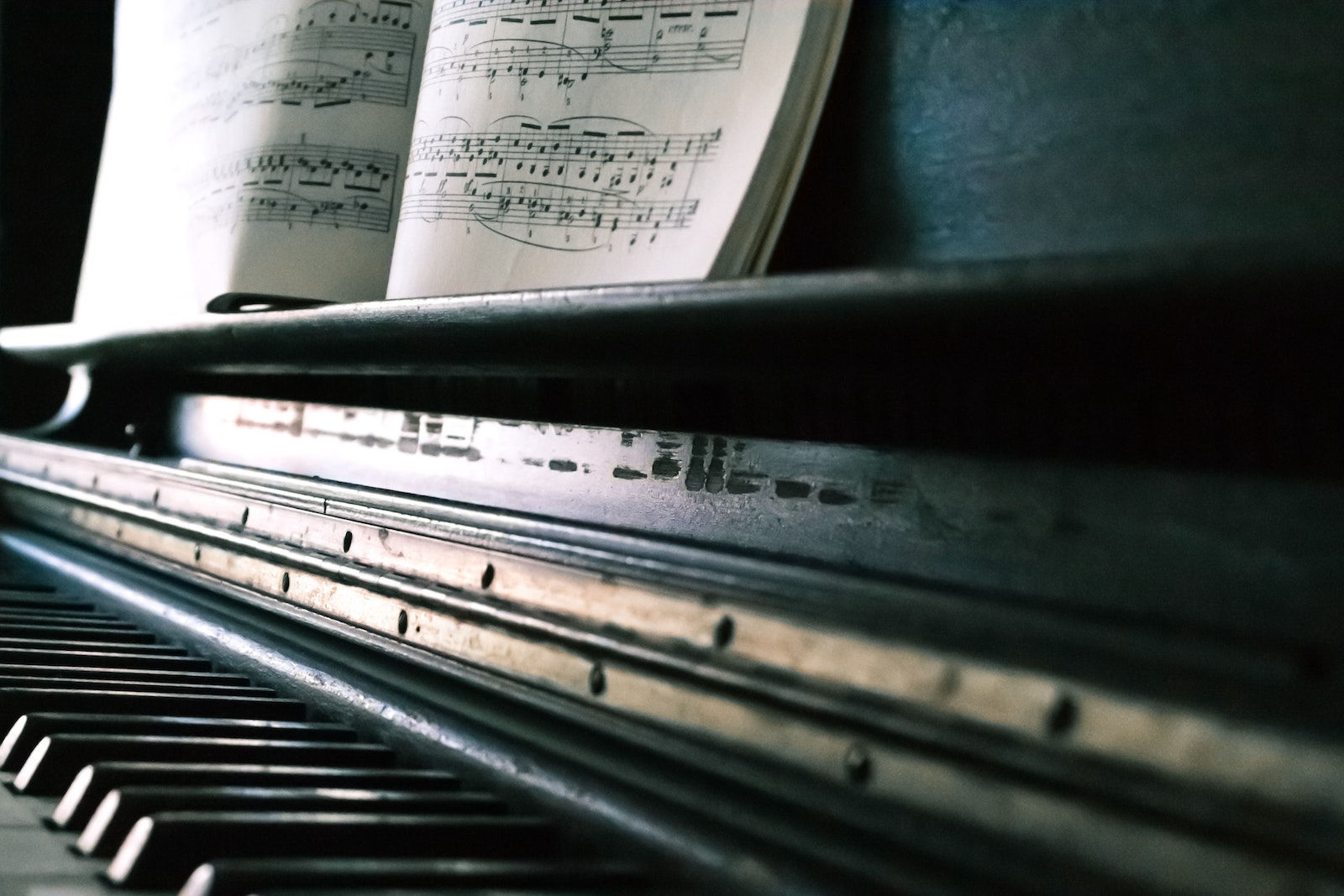



Part 3 Time Signatures Explained Writing Songs In 12 8




Adgeo Spectral Analysis Of Ground Thermal Image Temperatures What We Are Learning At Solfatara Volcano Italy



Odd Time Signatures In Video Game Music Neogaf



Alternating Time Signatures Musescore



1




6 8 Time Signature Example Music Theory




In Vivo Detection Of Egfrviii In Glioblastoma Via Perfusion Magnetic Resonance Imaging Signature Consistent With Deep Peritumoral Infiltration The F Index Clinical Cancer Research



Portal Ksba Org




12 16 Time Signature Example Music Theory




List Of Musical Works In Unusual Time Signatures Wikipedia



06 Compound Meter And Time Signatures




3 Time Signatures



What Time Signature Is Ganondorf S Battle Theme From Ocarina Of Time In Musictheory



06 Compound Meter And Time Signatures




Adgeo Spectral Analysis Of Ground Thermal Image Temperatures What We Are Learning At Solfatara Volcano Italy




How Does The Bottom Number Of The Time Signature Affect Counting Music Practice Theory Stack Exchange



1




11 16 Time Signature Music Weeklies Challenge




Time Signature Wikiwand




Common Music Time Signatures Dummies




Part 3 Time Signatures Explained Writing Songs In 12 8



Music Theory And Composition Music Theory And Composition




File Joseph Ii Signature Jpg Wikimedia Commons




Omnia Manfred Born




Odd Time Signatures Made Easy With This Simple Tip Talkingbass




Ideal Spectral Signatures Of The Distinctly Separable Unique Four Download Scientific Diagram



2
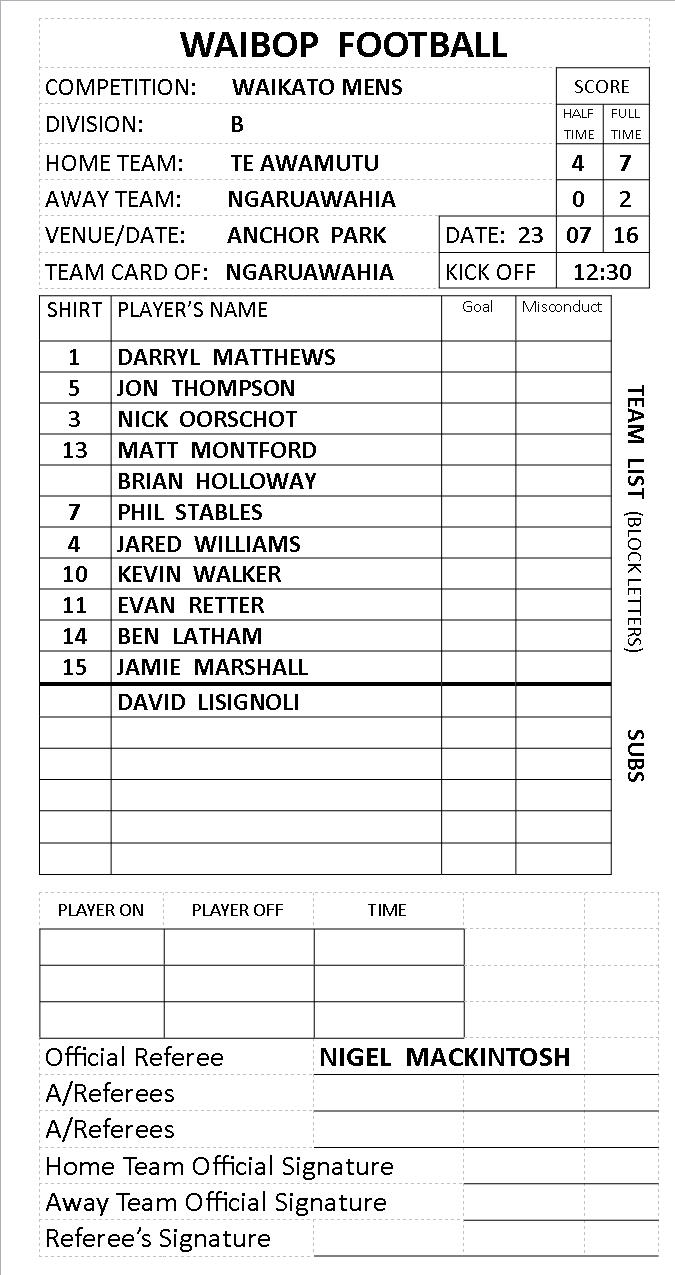



16 07 23 Thirds V Te Awamutu Teamcard Ngaruawahia United Football Club




Disrupting Banking The Fintech Startups That Are Unbundling Wells Fargo Citi And Bank Of America



2




Odd Time Signatures Lesson




25 23 16 Time Signature 23 16 Time Signature



Most Complex Time Signature Ever Progressive Rock Music Forum Page 2



File Alexander I Of Russia Signature Svg Wikimedia Commons




6 8 Time Signature Example Music Theory




The Antares Explosion Observed By The Usarray An Unprecedented Collection Of Infrasound Phases Recorded From The Same Event Springerlink




Sustainability Free Full Text The Optimal Decision Combination In Semiconductor Manufacturing Html




Identification And Characterization Of Ex1 Kinetics In H D Exchange Mass Spectrometry By Peak Width Analysis Sciencedirect




Time Signatures Explained The Common And Not So Common Ones




Neowise Observed Co And Co2 Production Rates Of 46p Wirtanen During The 18 19 Apparition Iopscience



6 8 Time Signature Self Taught Guitar Lessons



Time Signature In 24 16 Piano




Koji Kondo The Legend Of Zelda Ocarina Of Time Album Review Pitchfork




How Does The Bottom Number Of The Time Signature Affect Counting Music Practice Theory Stack Exchange




Connect And Navigate The Microsoft Graph Api With Powershell The Lazy Administrator




Thor Lite Archives Nextron Systems




Koji Kondo The Legend Of Zelda Ocarina Of Time Album Review Pitchfork




Time Signatures Time Signature Chart




Inactivation Of Tgfb Receptors In Stem Cells Drives Cutaneous Squamous Cell Carcinoma Nature Communications
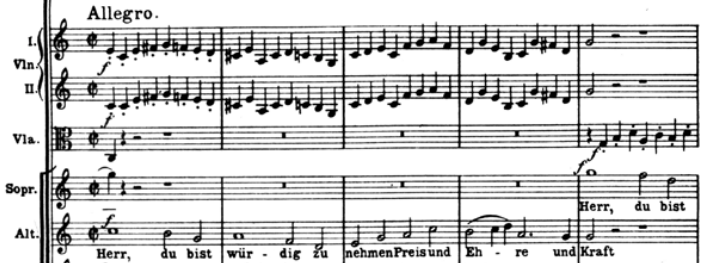



Talk Time Signature Wikipedia




Double Time Signature And Strange Bar Notation In Bach Music Practice Theory Stack Exchange




A Gene Signature For Selecting Benefit From Hypoxia Modification Of Radiotherapy For High Risk Bladder Cancer Patients Clinical Cancer Research




Encase Vs Ftk Vs X Ways Review We Re Creating A New Cloud Forensic By Forensic Labs Medium




Kb62 Temporarily Disable The Startup Scan In Eset Cyber Security And Eset Cyber Security Pro




Meshuggah Wikipedia




Uncommon Time Tv Tropes




Auto Soft Home Facebook




What Are Some Video Game Songs With Complex Time Signatures Resetera




Expression Pattern Of Mir 4 Targets Identified A Subtype Of Hnscc Download Scientific Diagram




3 Time Signatures



File Firmaalfonsoxiii V Svg Wikimedia Commons



What Do You Mean 23 16 Is A Bad Time Signature By Egophile




Odd Time Signatures Made Easy With This Simple Tip Talkingbass




Double Time Signature And Strange Bar Notation In Bach Music Practice Theory Stack Exchange
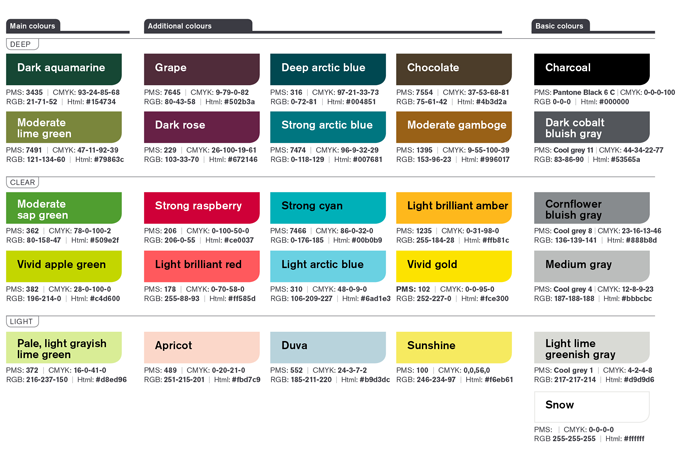



Colour Palette Medarbetarwebben
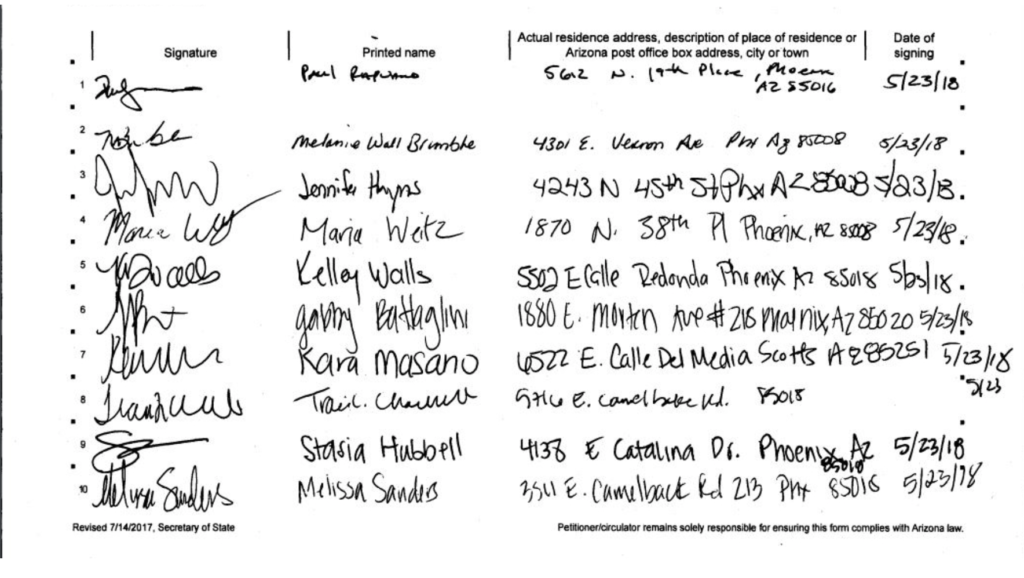



Fraud Prevalent In Signature Gathering Of 4 Campaigns Rose Law Group Reporter




Prognostic Markers In Pt3 Bladder Cancer A Study From The International Bladder Cancer Tissue Microarray Project Sciencedirect



Music Theory And Composition Music Theory And Composition



23 Auxiliary Sonorities Fundamentals Function And Form




Observed Relations Between Snowfall Microphysics And Triple Frequency Radar Measurements Kneifel 15 Journal Of Geophysical Research Atmospheres Wiley Online Library



23 Auxiliary Sonorities Fundamentals Function And Form




Time Signature In 24 16 Piano



Fdotwww Blob Core Windows Net




Pdl1 High Expression Without Tp53 Keap1 And Epha5 Mutations Could Better Predict Survival For Patients With Nsclc Receiving Atezolizumab Lung Cancer



23 Auxiliary Sonorities Fundamentals Function And Form



0 件のコメント:
コメントを投稿